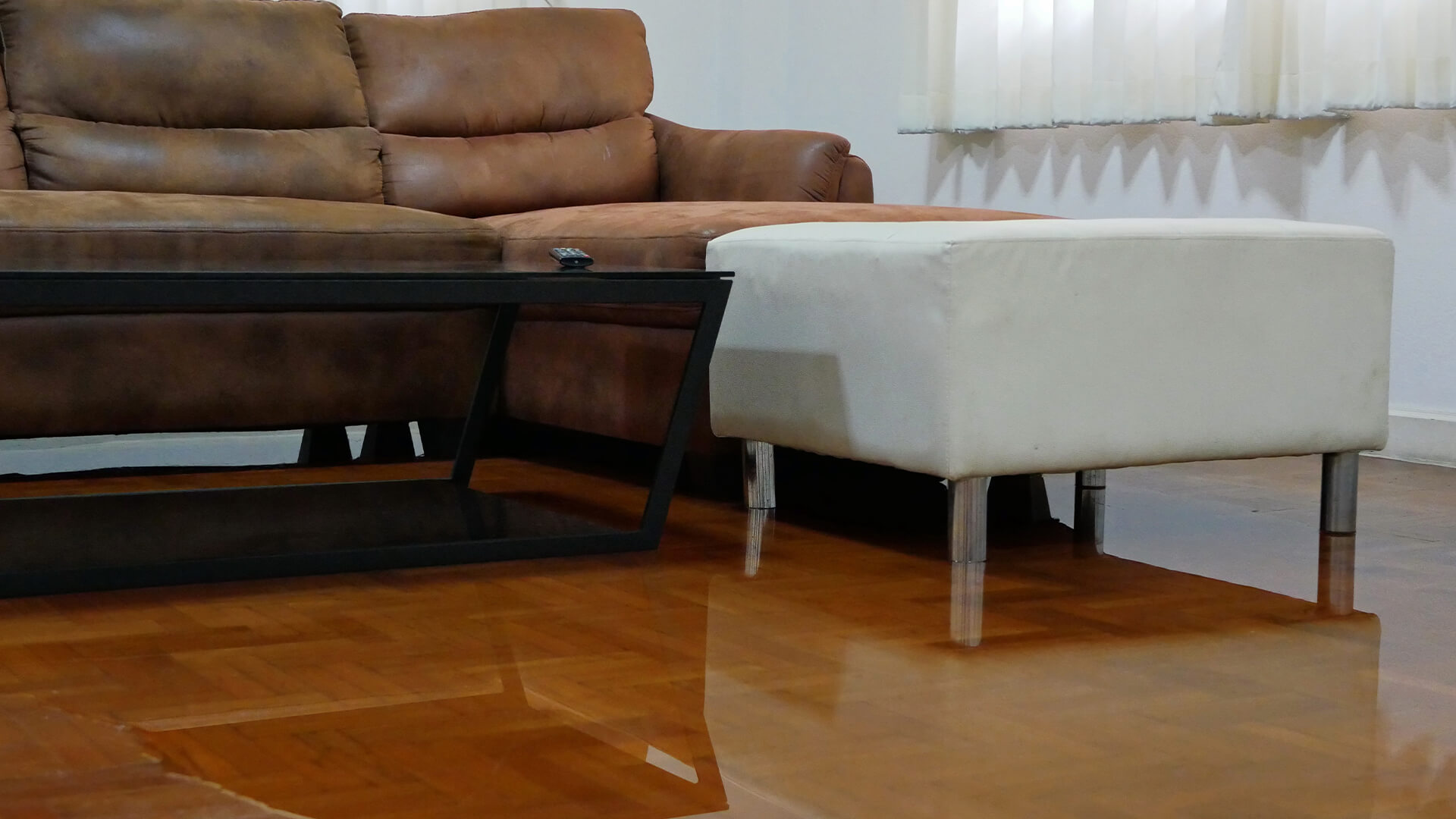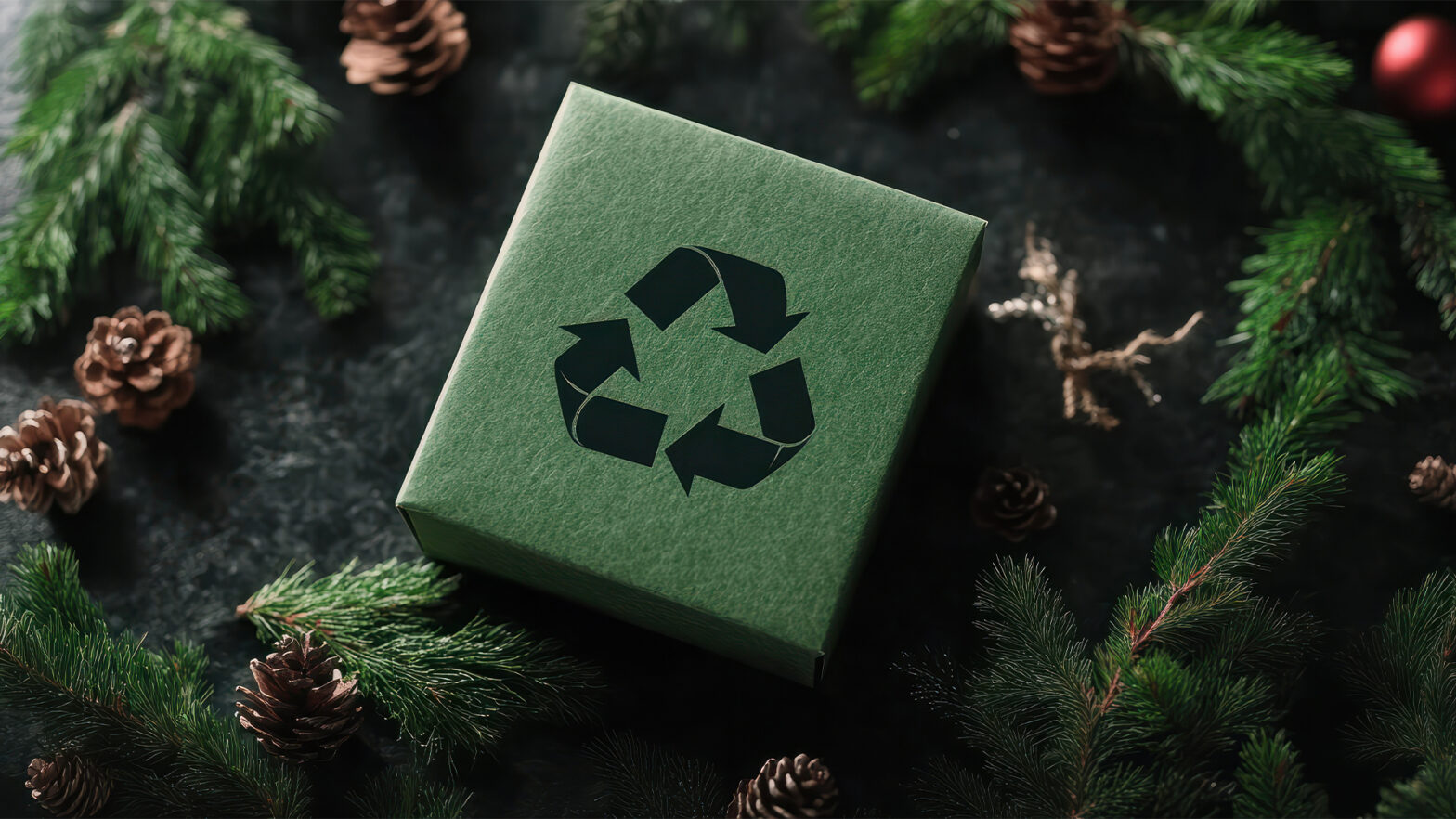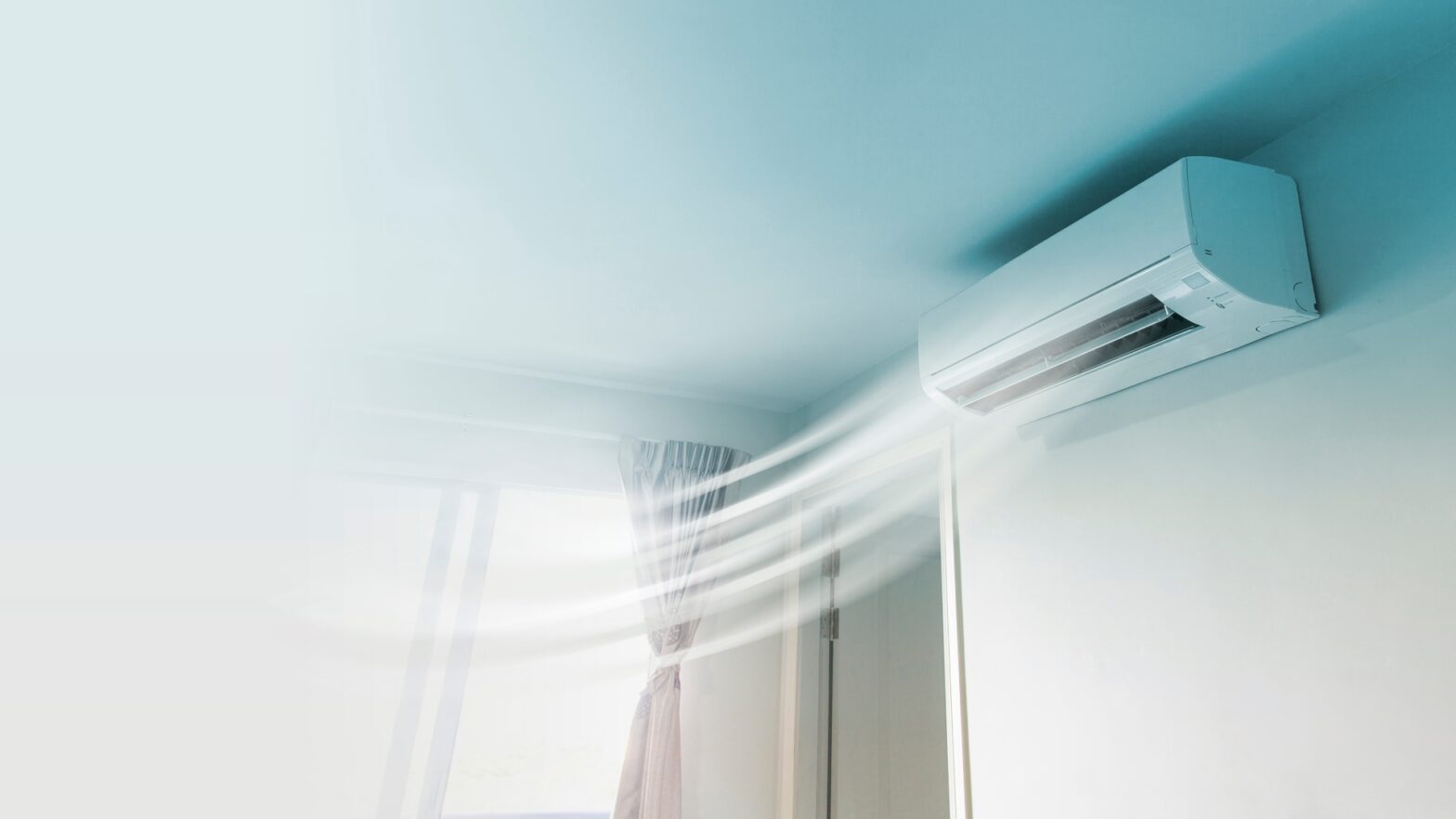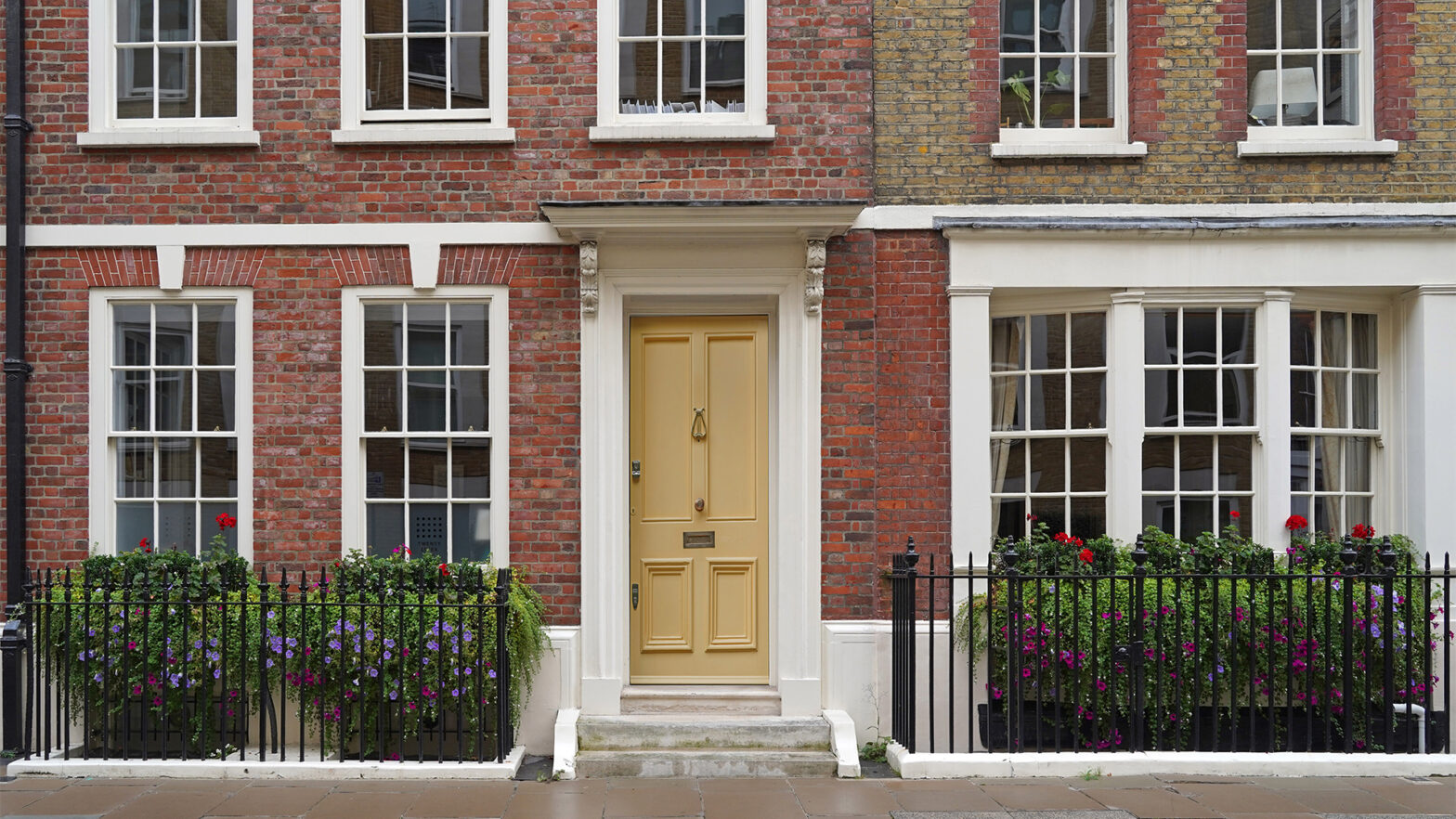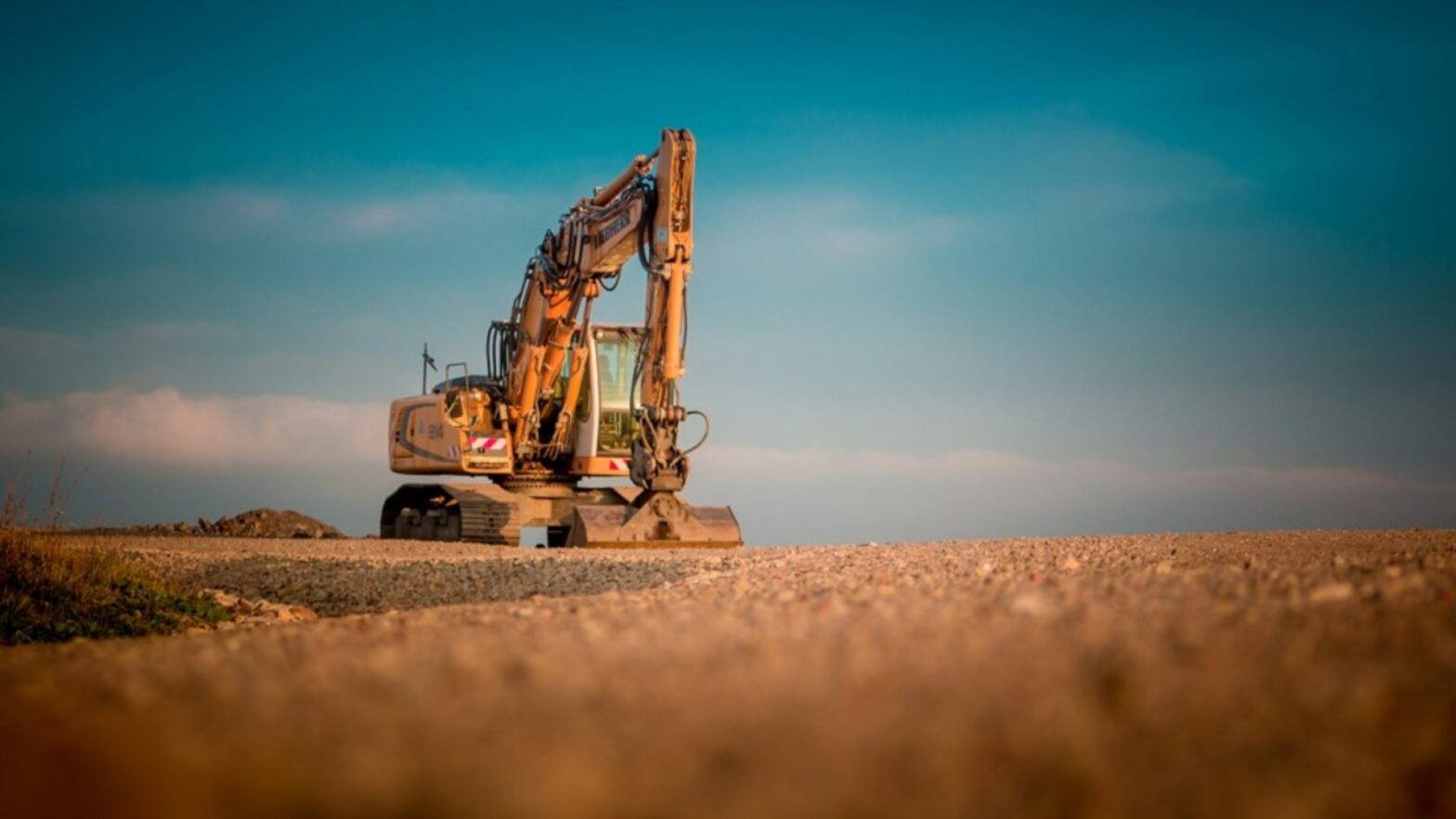Maintaining your home in tip-top condition is your biggest responsibility as its owner. Throughout your stay in your property, you’ll encounter numerous challenges. You’ll have to deal with appliance repairs, spend money for a remodeling project, or protect your home against disasters.
Water damage is one of the most challenging problems that you can ever face as a homeowner. If water damage is left unchecked and untreated, it can pose several health risks for your family members and weaken your home’s structural integrity.
Causes Of Water Damage
Have you noticed a puddle of water building up in your kitchen? Are your ceiling and walls dripping water? It can be challenging to find the source of water damage as it can originate from various places. But, one thing’s for certain: one or multiple structures of your home have incurred damage.
Water damage can either come from the outside or inside. Water damage from the outside is mostly caused by flood water entering your home because of ruined home structures that can’t function properly anymore. Some examples include:
- Clogged gutter and downspout
- Unsealed siding
- Damaged chimneys and roof
- Leaky windows and doors
Meanwhile, interior water damage usually stems from leaks and cracks on your appliances, fixtures, and systems, such as:
- Faulty plumbing work
- Leaking appliances, like water heater, washing machine, and dishwasher
- Cracked, warped, or split tile flooring
- Leaking kitchen and bathroom fixtures, like sink, bathtub, and shower
Since you regularly use most of these parts of your home, it should be easier for you to detect these problems. Once you notice the smallest signs of water damage in your home, don’t hesitate to call water damage restoration experts closest to your location, such as Rescue Clean 911.
Categories Of Water Damage
How can you start the restoration without having any significant information about the water damage? To assess the severity of water damage, the Institute of International Cleaning and Restoration Certification (ICCRC) established three categories of water damage:
- Category 1 Water Damage (‘Fresh’ Water): The water comes from sanitary, potable sources fit for human use and consumption. These sources may include compromised sprinkler systems, damaged supply lines, rain, and meltwater.
- Category 2 Water Damage (‘Gray’ Water): The second category refers to sources with significant contamination of biological and chemical matter, which can potentially cause discomfort and sickness.
- Category 3 Water Damage (‘Black’ Water): Lastly, this water damage category is characterized by unacceptable, grossly contaminated water containing toxigenic and pathogenic agents.
Basically, these categories determine how contaminated the water involved in the damage is. Separating them into categories make for a better sewage cleanup, flood damage repair, and water mitigation.
Water damage can escalate into a higher category if not resolved quickly, which increases the consequences one may suffer. Check out this video on how professionals handle a water damage issue without being too harsh on the home.
Dangers Of Water Damage
- Here are the negative impacts of water damage to your life and property:
- slippery floors can cause accidents, like slips and falls, leading to injuries
- Respiratory and skin irritations due to mold growth
- Pest infestations that feed on mold and damaged structures
- Costly repairs and replacements
- Emotional and mental trauma, especially for children and senior relatives
- Weakening of home’s structural stability
Dealing With Water Damage
Take note of this guide on proper water damage restoration in your home. This guide is applicable to most common water damage scenarios, from natural disasters to faulty appliances.
Stage 1: Ensuring Safety And Prevention Of Further Damage
First of all, recognize that you’re working in a wet environment, a significant electrical hazard. Before entering the wet area or touching any wet structure, check if there’s any electrical damage. Much better, turn off all electric and gas systems. Look out for structural damages as well.
Additionally, keep your other household items safe with these tips:
- If water damage originates from your water supply lines, confirm with your water service provider if the water is safe, potable, and uncontaminated.
- Remove all carpeting, bedding, and furniture to be cleaned, dried, or discarded.
- Open walls damaged with water to prevent mold growth and structural decay. Dry all other materials, like baseboards and paneling.
Stage 2: Drying Damaged And Wet Structures
If you’ve been experiencing prolonged water damage, such as long-term flooding, or you just recently discovered your leaking sink, chances are fixtures and structures could be drenched in water. Some of them may still be salvaged, but it’s the best time to say goodbye to completely ruined structures.
Check out these tips for each structure and material:
- Subflooring: Submerged oriented strand board (OSB) and plywood will more likely swell and separate. The damaged parts should be up for replacement.
- Wood Flooring: Remove each board carefully to prevent buckling. The flooring should be cleaned and dry before repairs and replacements.
- Tile And Sheet Flooring: If the flooring is made of concrete, it would be better to dry it as it is. If water has entered loose flooring sheets, remove and dry them.
- Painted Walls, Floors, And Woodwork: Mold can easily spread in wet, humid surfaces, so you’ll have to prioritize cleaning and drying them ASAP. You can use dehumidifiers, heaters, fans, or desiccants to speed up their drying.
- Furniture: Take out your furniture and eliminate their mud and dirt first. Furniture with drawers and containers should be removed and cleaned individually. Use the right commercial cleaning products for cleaning your furniture.
- Equipment And Appliances: Take extra time in checking and ensuring that your equipment and appliances are completely dry and no components are compromised. If you’re unsure, it would be better to seek professional help.
Now that your structures have completely dried, it’s time for planning the repairs and replacements of all damaged parts. Generally, if you think that something should be discarded due to extreme water damage, then you probably should.
Takeaway
Water damage restoration is a difficult and costly home emergency to tackle, but it’ll absolutely save you from worsened damage and health consequences. Worse, your water damage restoration project can be even more difficult to carry out if the damage is severe and has spread to various parts of your home.
If you know that you can’t handle the entire restoration project by yourself, know that water damage restoration experts are one call away. Also, you can use this guide to make the restoration or replacement project a lot more seamless, convenient, and safer.












